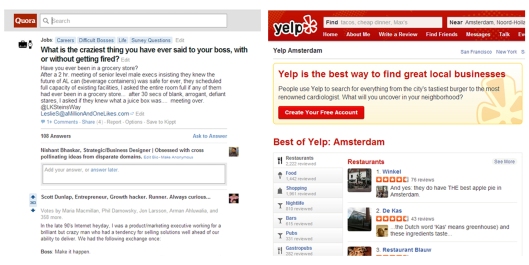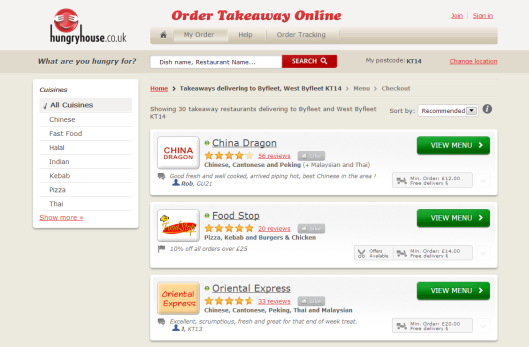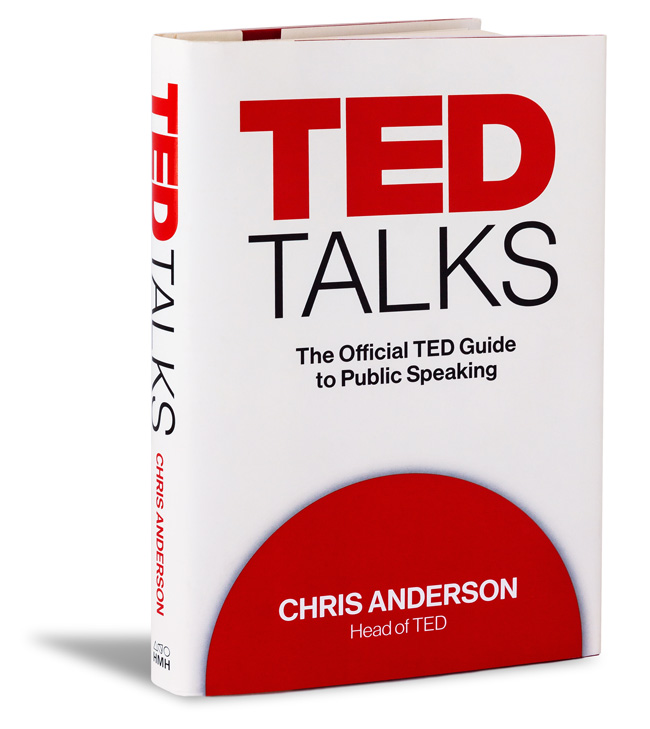Starbucks Reserve Roastery & Tasting Room is part-brand story, part-flagship retail, part-working roastery, and a complete brand experience. Take a look at this video audit and analysis to see why this special store might be Starbucks next big move to make specialty coffee more mainstream.
DLYohn Brand Experience Brief: Starbucks Reserve Roastery & Tasting Room from Denise Lee Yohn on Vimeo.
other Brand Experience Briefs and related posts:
Starbucks 3.0 Caffe Bene Zappos corporate office A Tale of Two Re-brands: Syfy and Starbucks
transcript:
It’s been called the “Willy Wonka of coffee.” “The Disney World of coffee.” “Retail for the 21st century.” I’m talking about Starbucks Reserve Roastery & Tasting Room, a very special Starbucks location in the Capitol Hill area of Seattle, Washington. This brand experience brief takes you inside the 15,000 square foot store.
Actually calling it a store is really an understatement. It’s practically a shrine to coffee and it is comprised of different areas where you can worship, I mean, experience coffee. And the location is a working roastery, where coffee is produced in small batches for sale there and in other Starbucks’ locations.
There is a huge retail area sells coffee and everything related to it — cups, presses, makers, servers — plus you can browse all sorts of unique cultural paraphernalia including prints, vinyl records, and vintage souvenirs.
There are two bars where you order and get your product. On the main level, you can order special coffees, coffee drinks, coffee flights, pastries, and recommended pairings of coffee and chocolate. The wraparound bar is lower than the ones at most Starbucks so you can see the baristas preparing your order as well as the beautiful Clover machines and other cool coffee preparation gadgets. I ordered a Mole Mocha and it was exquisitely served in a dark cup with the Reserve star logo. The lower level features a set up more like a regular bar with a bartender serving up drinks to patrons sitting on bar stools.
The Roastery & Tasting Room appeals to all five human senses — plus some. First, there is so much to see. Even before you enter the place, coffee beans adorn the sidewalk. Once inside, you’re greeted with a sign explaining the concept — and other messages are scattered throughout the space. The store design retains many of the original features of the early 20th-century building, including the terrazzo floors and ceiling beams. There is a 32-foot-high Copper Cast where coffee beans are stored, the open roastery where you can watch the coffee being produced, and all sorts of equipment.
The sense of sound is appealed to in the way the coffee beans lightly rattle as they make their way through the pipes in the ceiling and fall into glass silos above the bar. And there’s the clacking of an old-fashioned train-station flap display board which changes every time a new batch is being roasted.
Paper menus as well as unique furniture and fixtures deliver on the sense of touch and the smell of fresh ground coffee beans wafts through the space.
For taste of course the freshly roasted and prepared coffee is distinctive and the sides like a Key Lime Meringue Pie are delicious. If you’re hungry for something more substantial, a unit of Tom Douglas’ pizzeria, Serious Pie, is located in the space.
Beyond these senses, the place also appeals to community and knowledge with its library of more than 200 books related to coffee and a place for meeting. And friendly, aproned employees stationed make you feel welcome and answer questions.
This is truly high end retail — my small drink was $6.50 and an eight-ounce package of coffee beans sells for between $13 and $50 — so it doesn’t seem to have the same mass appeal of a regular Starbucks. But when I visited on a weekday afternoon, the place was packed with regulars working and meeting as well as tourists. And I remember when Starbucks first opened and paying $4.00 for a coffee drink seemed expensive, so this could indeed be the company’s next big move — making specialty coffee more mainstream. It just announced it will open a second Roastery & Tasting Room in the heart of New York City’s Meatpacking District in 2018.
The post brand experience brief: starbucks reserve roastery & tasting room appeared first on Denise Lee Yohn.
















